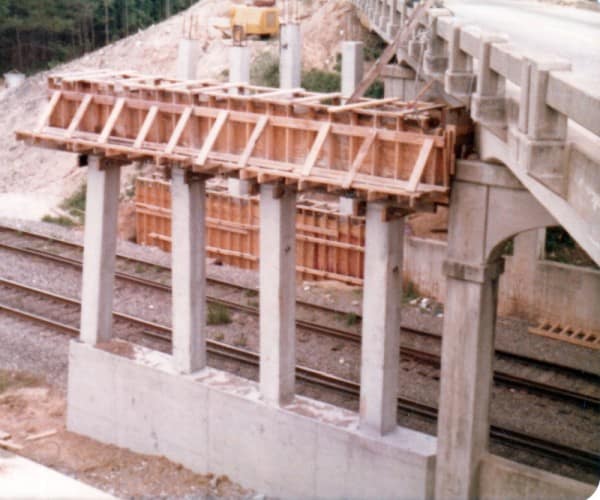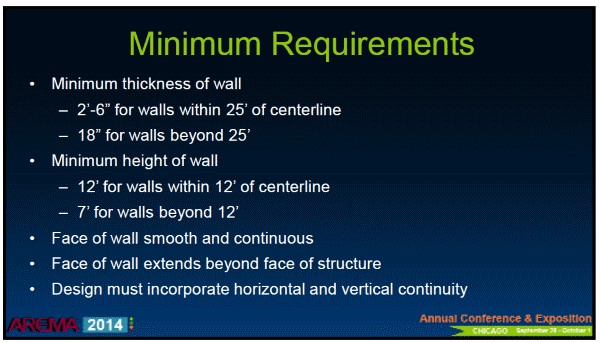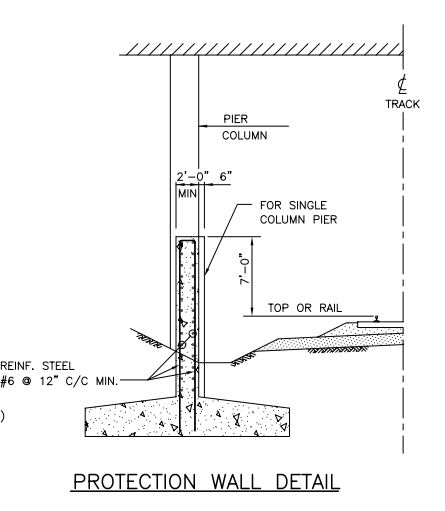Structural_Thumb
Structural
- May 22, 2018
- 1
Hi all,
First time posting here.
Does anyone have experience with performance based design for collision loads on bridge piers ?
I'm part of a project where we're working on a viaduct design that has circular piers going quite close (~5m/16.5ft) to railway tracks. At such close distances, collision becomes a very real issue (at least in the client's mind). Furthermore, the lack of space also makes erecting suitable deflection walls difficult.
I feel that if - through performance based design - we're able to prove that the pier (and the foundation) can survive a collision event and remain standing, we can justify doing away with the deflection walls. I'm thinking of suggesting CFT piers since these are quite resistant to collision but I'm not sure how to go about this, if it even is a valid solution.
Thoughts ?
First time posting here.
Does anyone have experience with performance based design for collision loads on bridge piers ?
I'm part of a project where we're working on a viaduct design that has circular piers going quite close (~5m/16.5ft) to railway tracks. At such close distances, collision becomes a very real issue (at least in the client's mind). Furthermore, the lack of space also makes erecting suitable deflection walls difficult.
I feel that if - through performance based design - we're able to prove that the pier (and the foundation) can survive a collision event and remain standing, we can justify doing away with the deflection walls. I'm thinking of suggesting CFT piers since these are quite resistant to collision but I'm not sure how to go about this, if it even is a valid solution.
Thoughts ?



![[idea] [idea] [idea]](/data/assets/smilies/idea.gif)
![[r2d2] [r2d2] [r2d2]](/data/assets/smilies/r2d2.gif)

